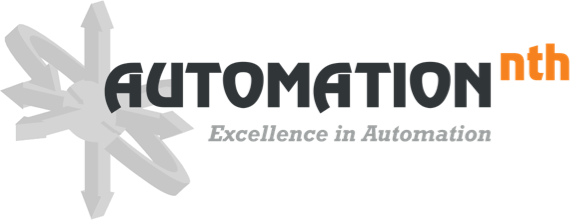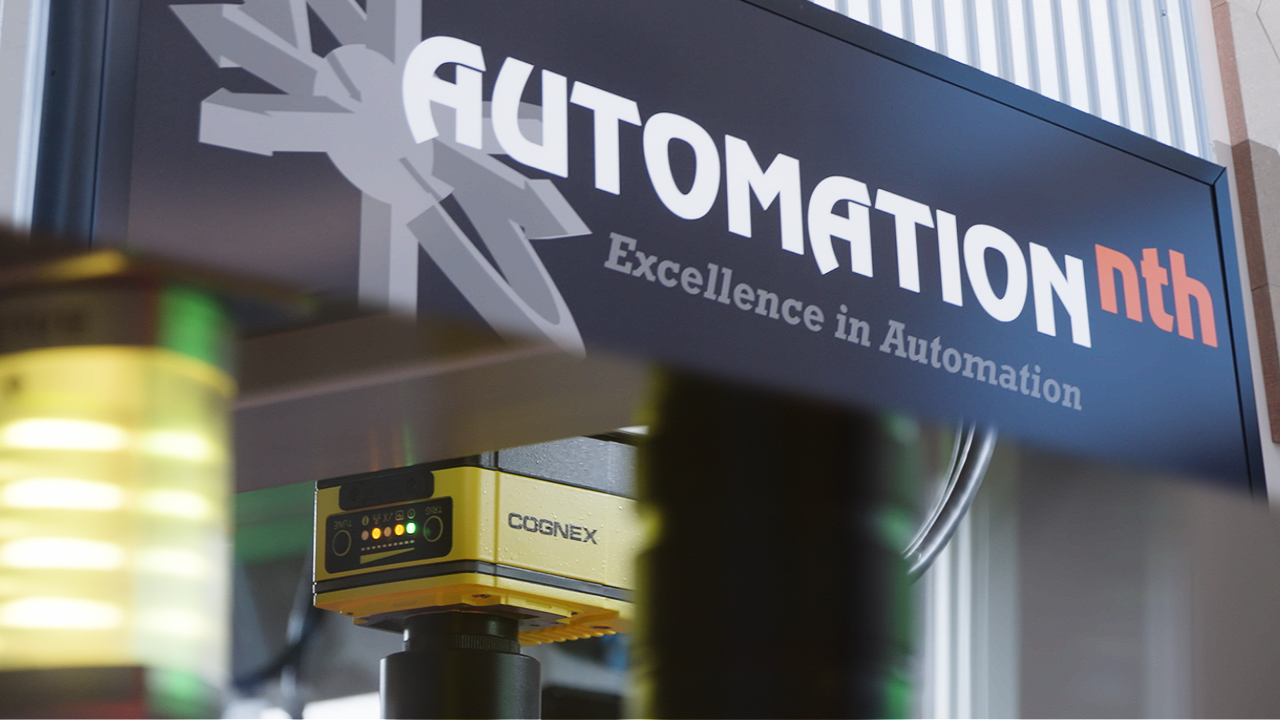Automotive
La Vergne, Tennessee
- Inspect and verify clip placement in an engine block
- Account for issues such as oil, water, paint, and reflective surfaces that complicate image formation
- Reduced scrap rates by separating cosmetic blemishes from functional flaws
- Increased throughput and lowered costs by automating inspections with machine vision
Automotive and life sciences are challenging industries, requiring manufacturers to uphold strict regulatory standards, maintain surgical levels of precision, and meet demanding production quotas. That’s why manufacturers turn to Automation NTH, an automation integrator based in Nashville, Tenn.
With a customer base spanning multiple industries and levels of technical competency, Automation NTH needs to be ready for diverse challenges. Customers might be trying to automate medical device assembly without damaging sensitive components or verify the placement of various parts in an automotive assembly. No matter what the application entails, it often requires machine vision.
“We don’t get the easy jobs,” said Keith Johnson, PC Programming Group Manager at Automation NTH. “It’s the customers that really want to take their automation to the next level.” Depending on the customer and their needs, that next level might be finding innovative ways to increase throughput, a higher level of defect detection, or separating acceptable anomalies from critical flaws.
That’s where Cognex comes into play. For years, the two companies have partnered to solve challenging automation applications.
In a recent life sciences project, an Automation NTH customer that manufactures glucose monitoring equipment needed a way to automate inserting thin sensor wire into an assembly. However, the wire is coated with sensitive material critical for the device’s functionality.
To solve this challenge, Automation NTH created a wire-load cell that separated a batch of sensor wires through vibrations. This technique isolated a single wire, at which point a Cognex In-Sight vision system guides a robotic arm to pick up the wire and load it into the assembly; all without damaging the sensor material.
While Automation NTH is well-versed in rule-based vision and writing custom programs, they’re investing more in deep learning technology.
Deep learning is a subset of artificial intelligence that takes unstructured data and trains itself to make more accurate outputs based on that data. Cognex applied the technology to develop VisionPro Deep Learning software, which allows engineers like Johnson to build models that detect subtle, variable defects based on hundreds or thousands of images. Capturing images with a vision system and analyzing them with VisionPro Deep Learning can improve throughput, lower scrap rates, and reduce costs by automating defect detection, even when acceptable anomalies are visually similar to unacceptable flaws.
With almost a decade of partnership with Cognex, Automation NTH uses this tool and others to solve complex inspections for various industries.
Automation NTH”
Putting Deep Learning to Work
After training with VisionPro Deep Learning at the Cognex headquarters in Natick, Mass., and attending virtual sessions, Johnson learned how to train and test the AI-based vision system. Getting direct assistance from the Cognex team and knowing they are “a phone call away” was and still is a great benefit to Johnson.
VisionPro Deep Learning became an integral part of problem-solving for a variety of applications for Johnson and his team. For instance, he describes a project where a customer wanted to verify the position of clips on the rocker arm on an electric vehicle (EV) engine. Installing the clips was a manual process and complications like oil, water, paint, and reflective surfaces hindered the verification process. There were many variations of clip position and a lot of opportunities for error. The solution had to be future proof, as variables like new suppliers and part geometries could be mistaken as errors or flaws.
Using a Cognex In-Sight D900 vision system with VisionPro Deep Learning software, Johnson and his team were able to see the location of the clips, despite variables that complicate image formation like oil and paint.
“They had tried all kinds of different solutions,” Johnson said. “But with VisionPro Deep Learning, it was just a matter of training – get a new set of training images and you’re good.”
In another instance, Automation NTH used VisionPro Deep Learning on a sorting machine to distinguish between parts on a conveyor belt for a consumer products customer. Dirt or grime would cause interference, and new lighting was a significant expense for Automation NTH’s customer.
Rather than designing and implementing new lighting, Automation NTH integrated VisionPro Deep Learning into the solution. The result was 98.46% part identification accuracy, far above the manufacturer’s acceptance criteria.
Designing Solutions with the Customer in Mind
Automation NTH creates accessible, adaptable solutions. Customers must be able to maintain and modify systems by themselves and account for changes such as new suppliers or part variations.
“The customer has to be able to take it on,” Johnson said. Each integration project comes with a period of support where an engineer trains the customer on the solution, so they know what to look for and how to keep the line moving. For example, if metrics fall below a specific acceptance rate, say, 95%, there’s usually a behind-the-scenes reason for it, Johnson said.
Education and training are already significant parts of Automation NTH’s culture. All interns and apprentices go through NTH University, a training program that accelerates their learning and goes beyond the typical ‘learn by osmosis’ approach that new engineers often experience. NTH University has a detailed curriculum with courses ranging from introduction to controls design to advanced programming with VisionPro Deep Learning. Automation NTH became so adept at programming In-Sight series machine vision systems, that they created an internal programming standard to maintain consistency from job to job.
In terms of learning and education from Cognex, the doors are always open.
From a fluid exchange of ideas to the ability to ask for expertise, the relationship between Cognex and Automation NTH goes beyond the traditional client-vendor relationship, said Jeff Buck, co-president of Automation NTH. The two companies forged a genuine partnership, collaborating to find the best tool for the job.
“I’ve been very impressed with how Cognex is always looking to provide a better solution,” Buck said. “They’re not satisfied with the status quo and continue to push technology forward.”


